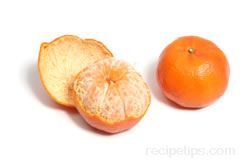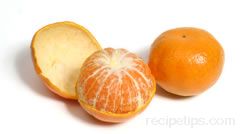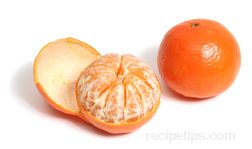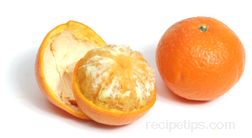Similar Content to: Fallglo Tangerine
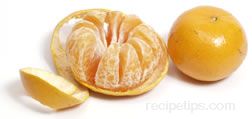
The thin peelable outer skin separates nicely from an inner flesh that is juicy, aromatic, and sweet to tart flavored, depending on the variety selected. When the outer skin is peeled away, the inner flesh, which may contain many seeds or be seedless depending on the type, can be easily removed and sectioned into slices. Tangerines are known for their easily separated slices that make serving the fruit a simple and clean process. Mandarins and tangerines can be eaten fresh or are readily available as a canned orange, either of which can be used in fruit salads, as snacks, in desserts, puddings, and custards, or as a flavoring for meat marinades. The skin can be peeled and zested as a garnish for foods and sweets. If the tangerine is to be cooked, apply only a moderate amount of heat so the flavor is not lost from over cooking.
When selecting, choose fruits that have a good colored glossy skin and feel heavy for their size, because they typically will have more juice. Fruits with damaged or broken skins should be avoided. Tangerines, which spoil sooner than other citrus fruit, can be kept refrigerated for approximately 1 week, sometimes longer depending on ripeness.




